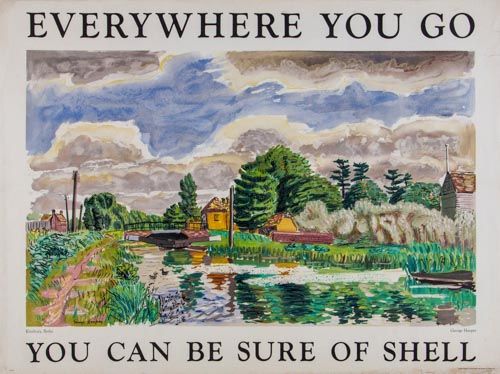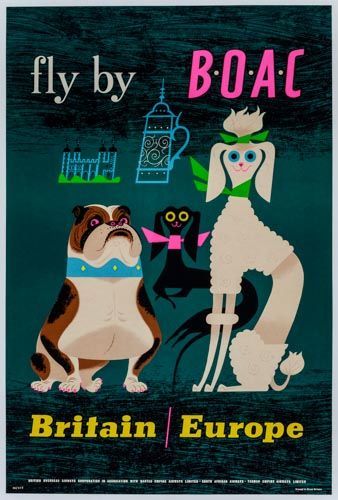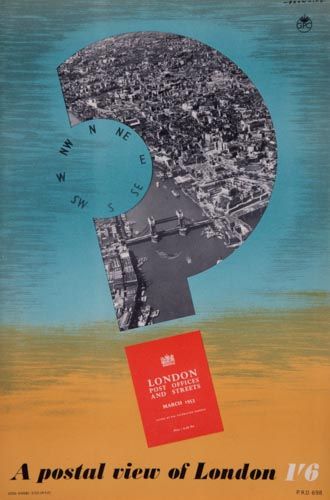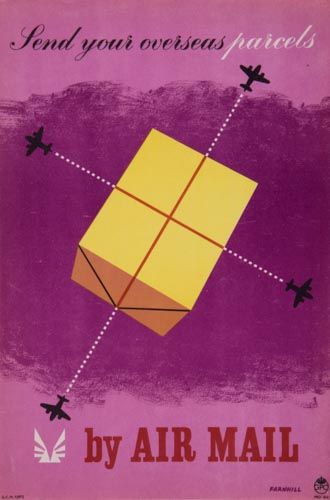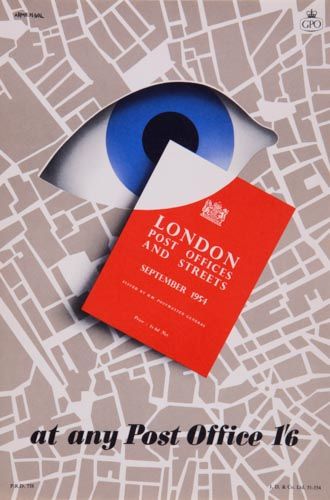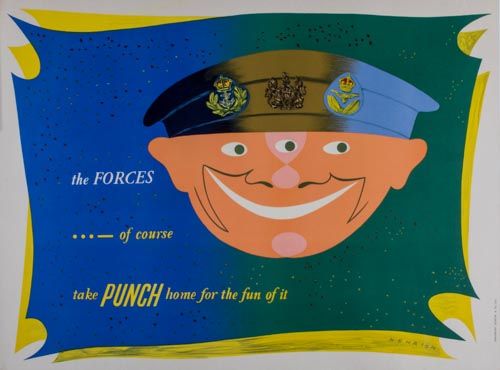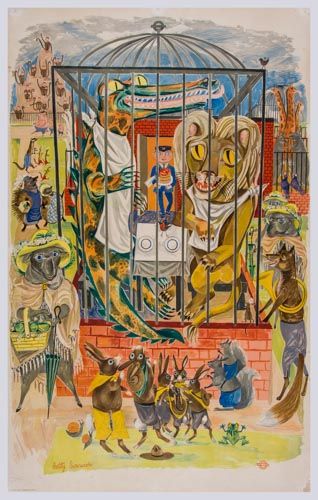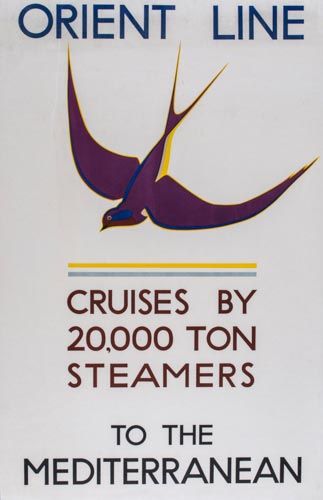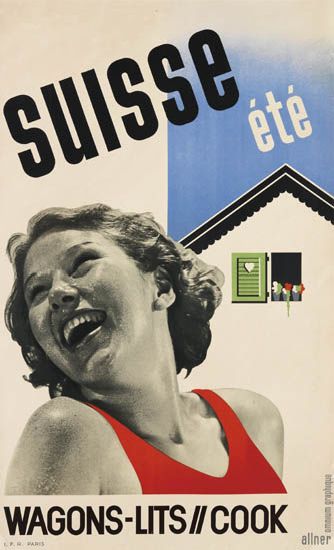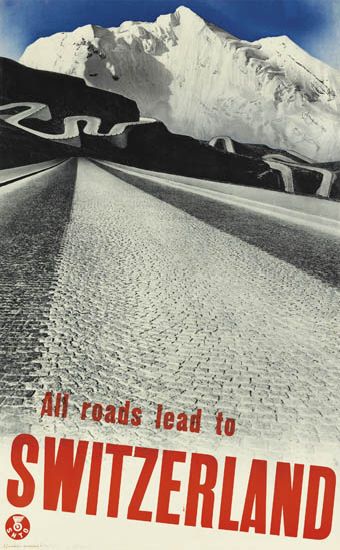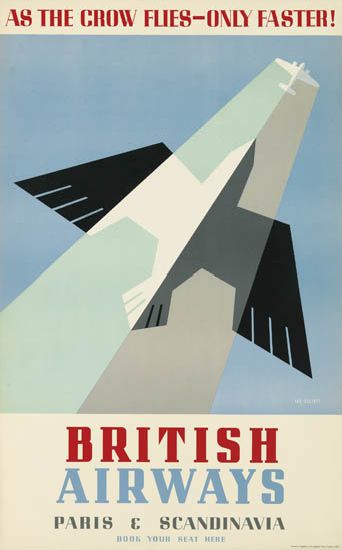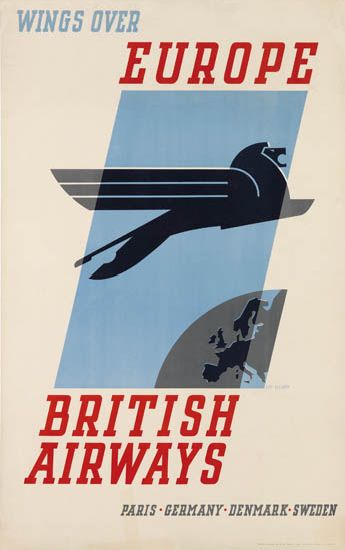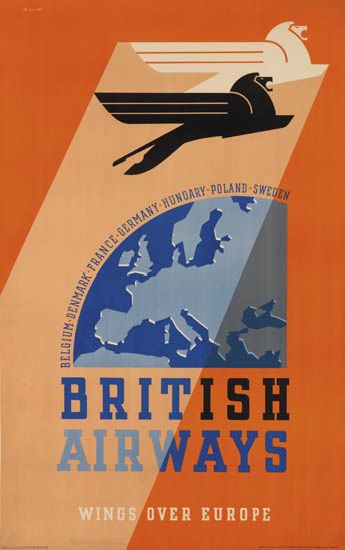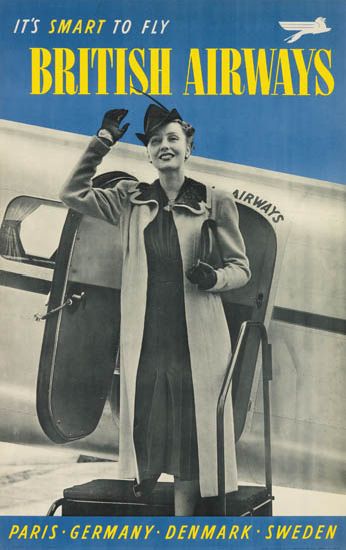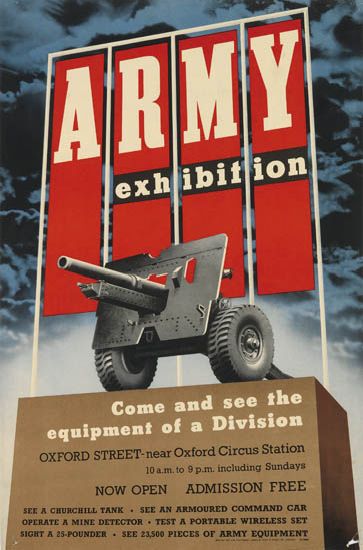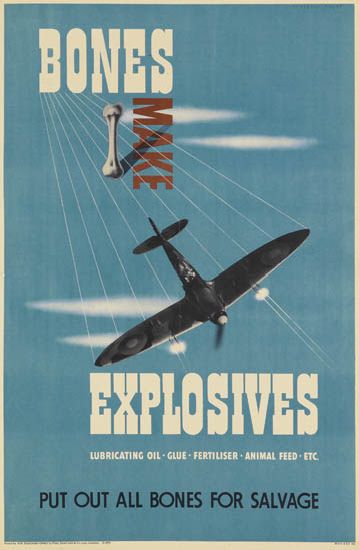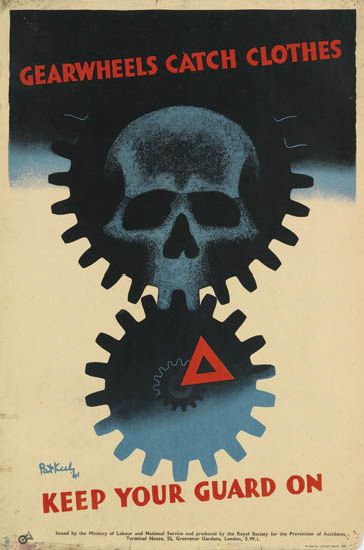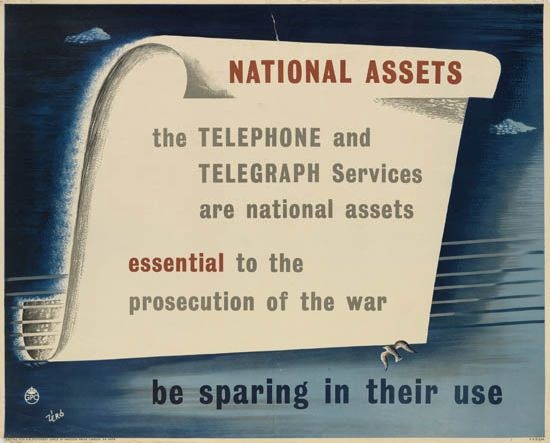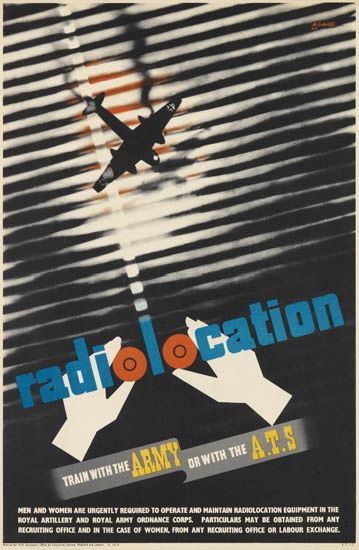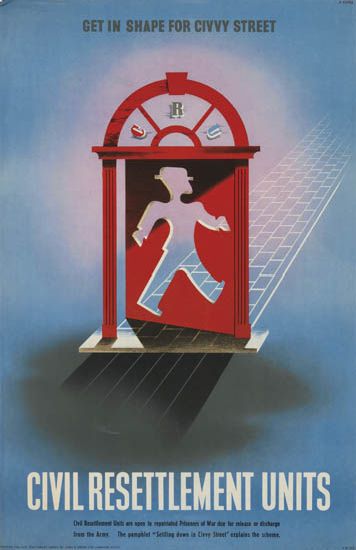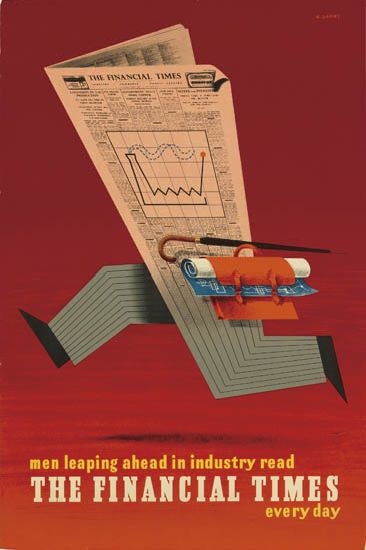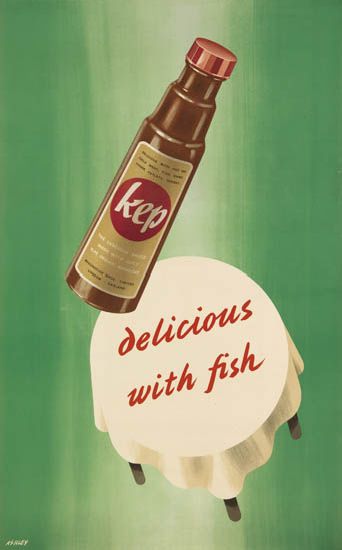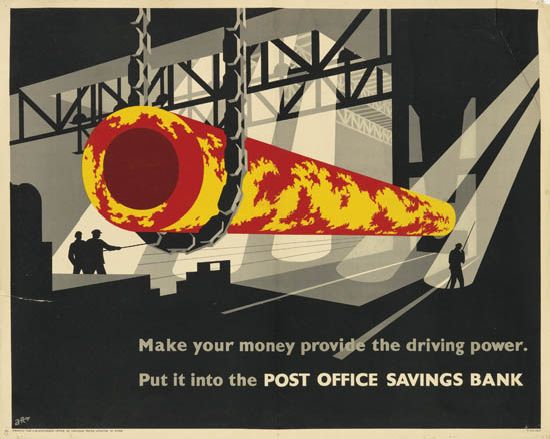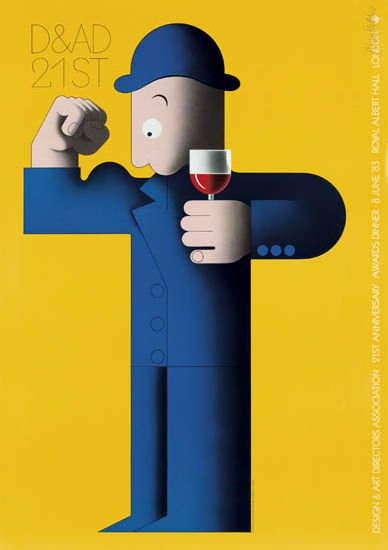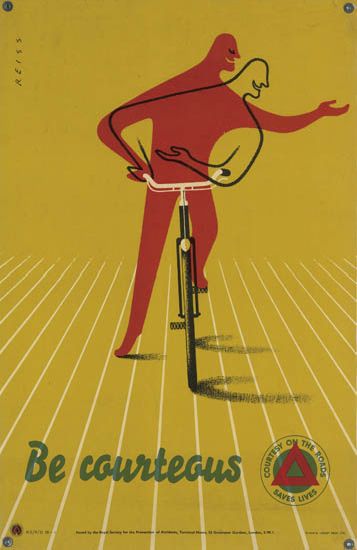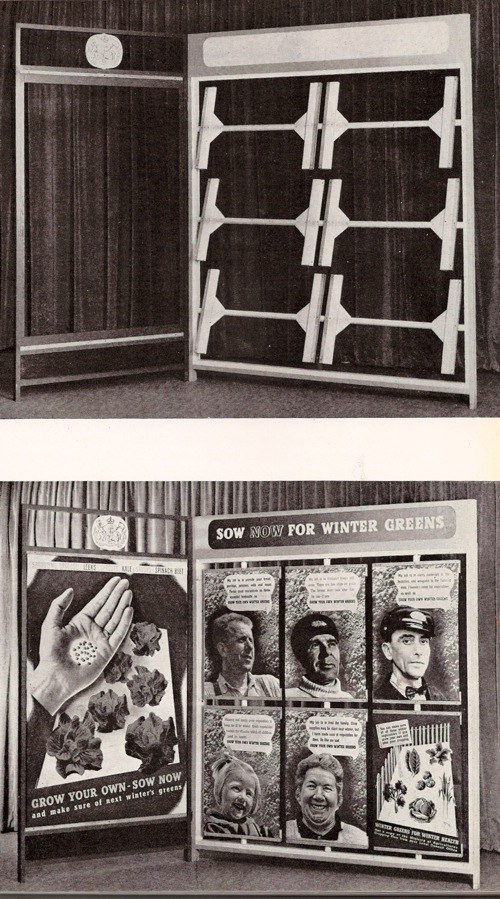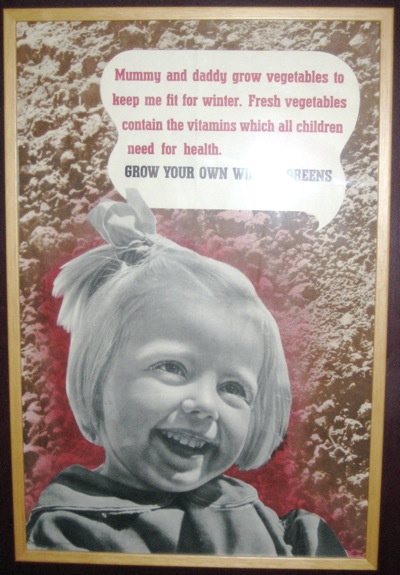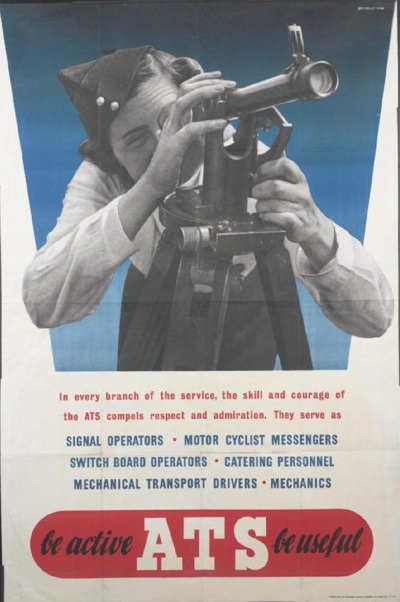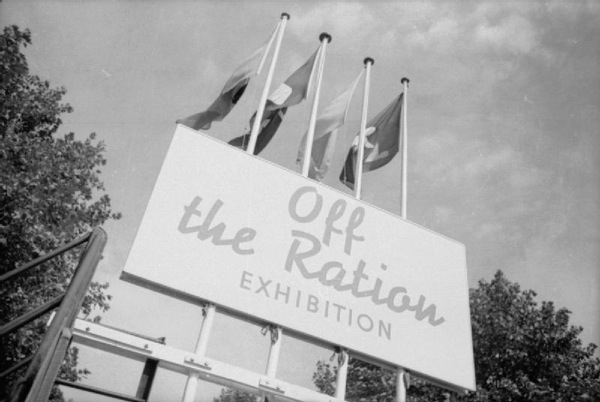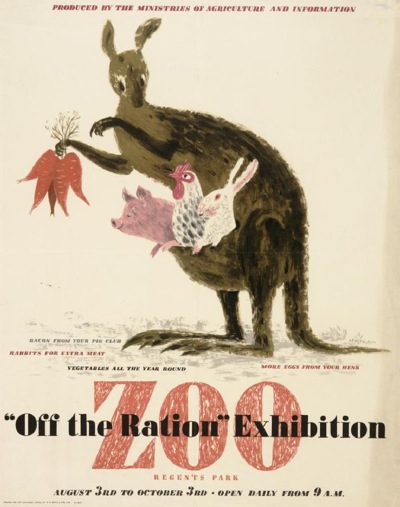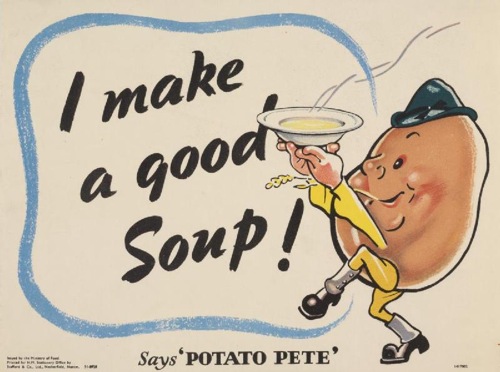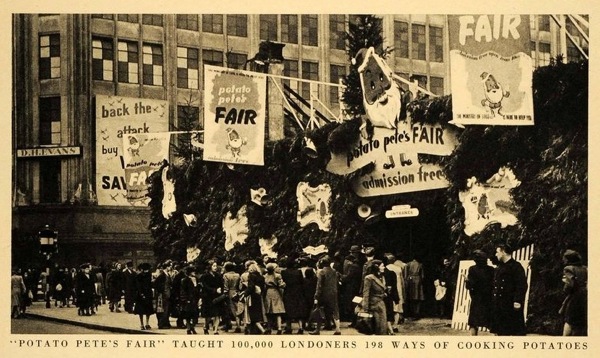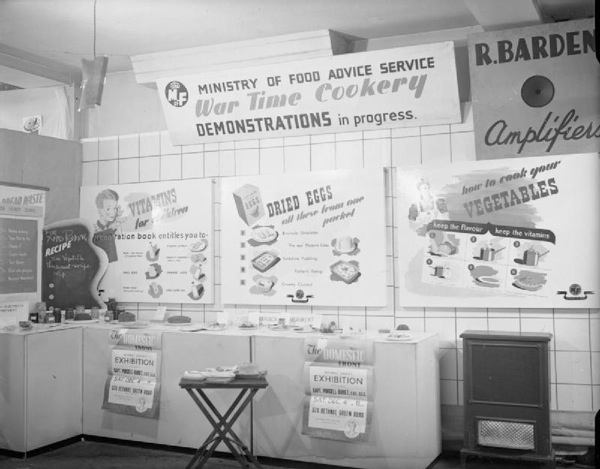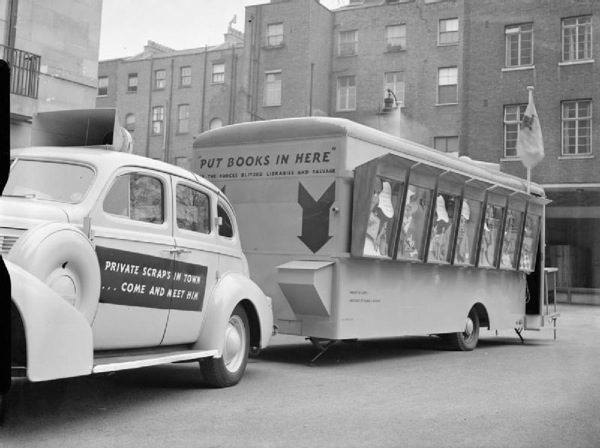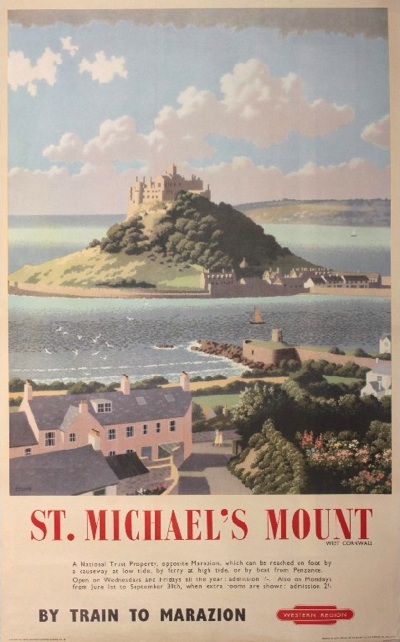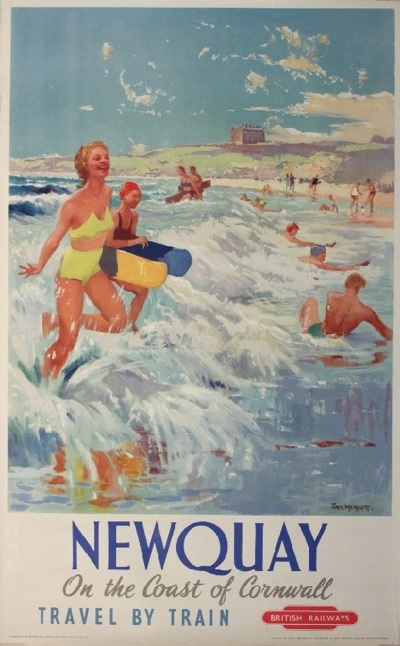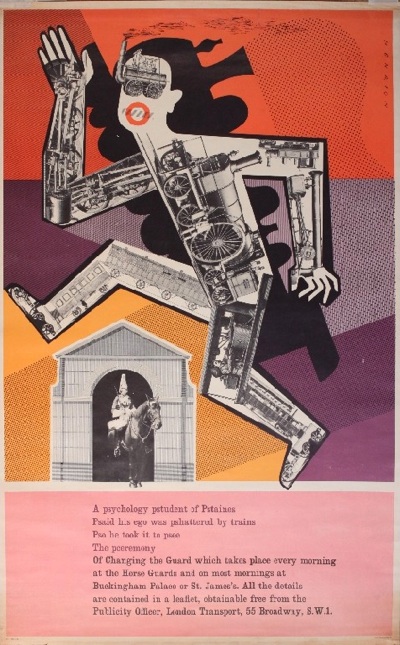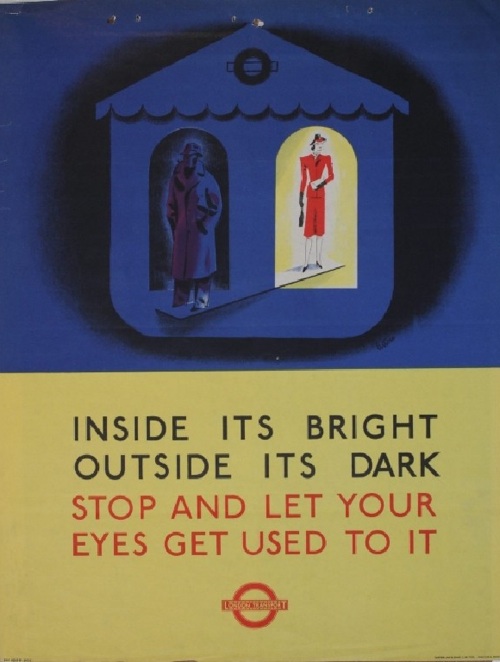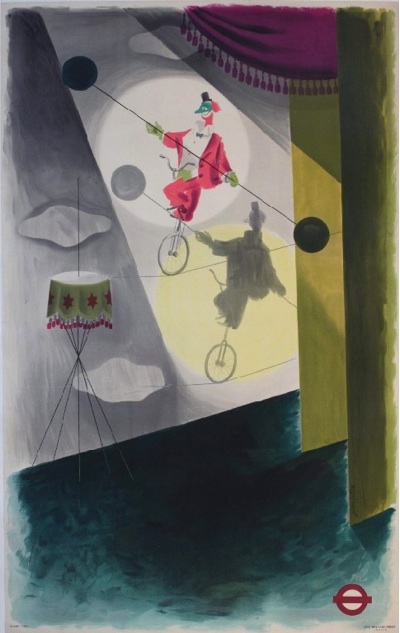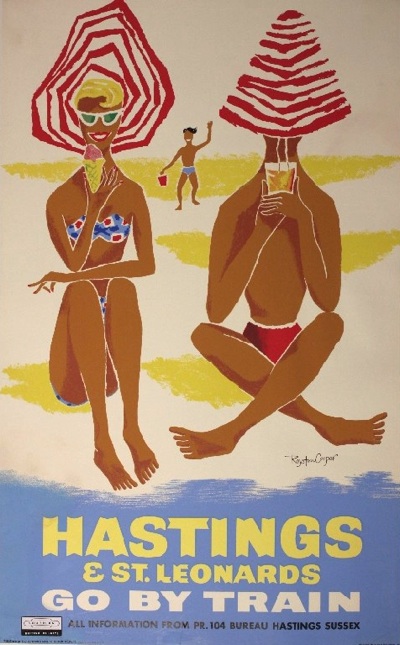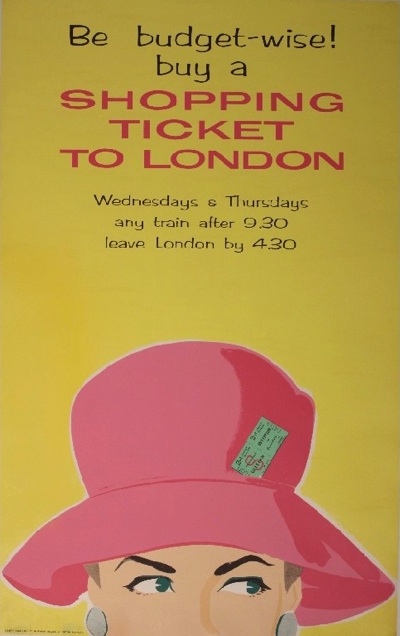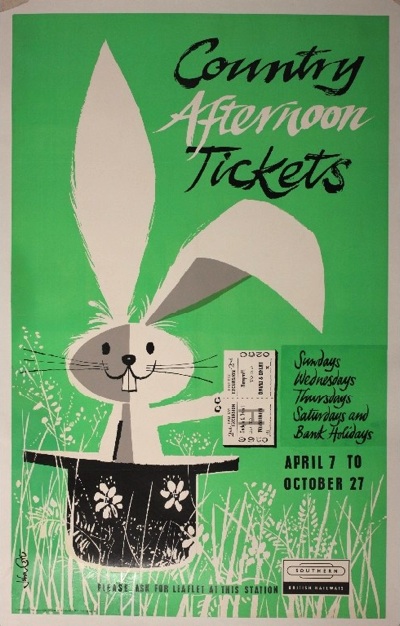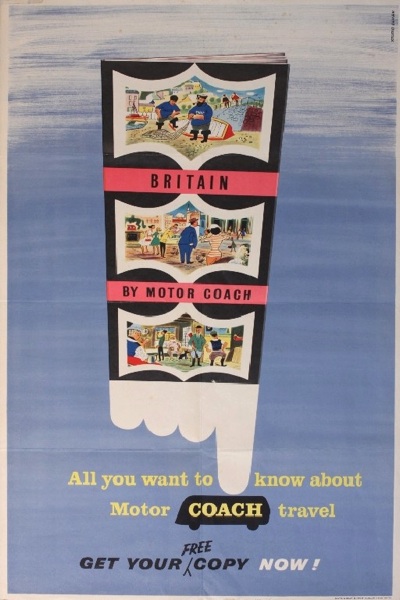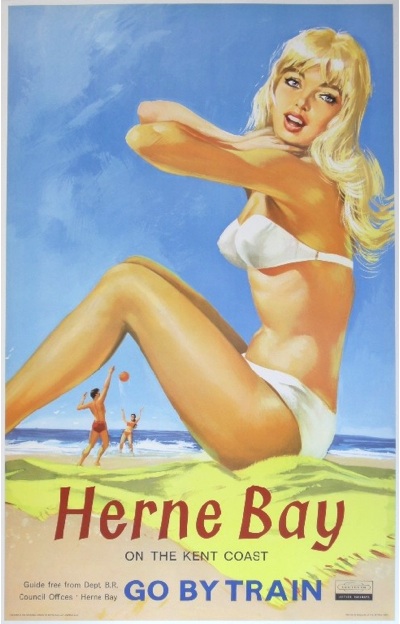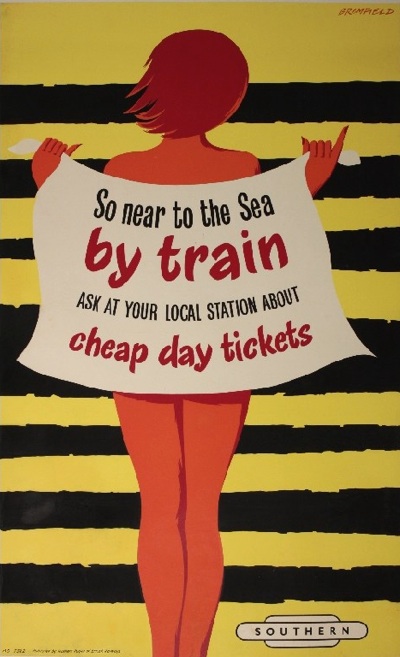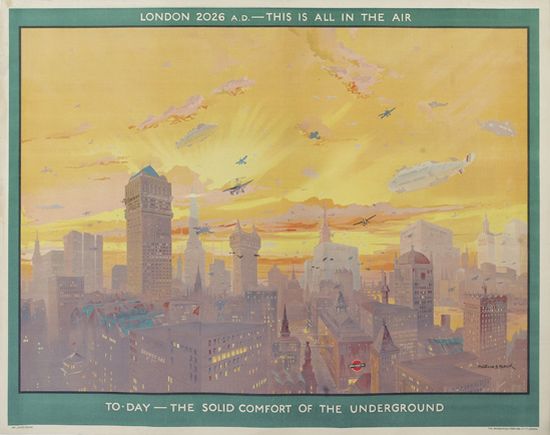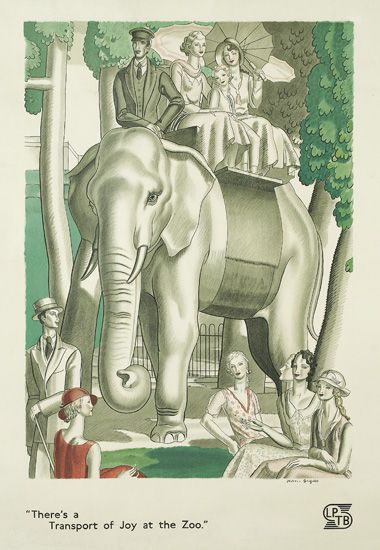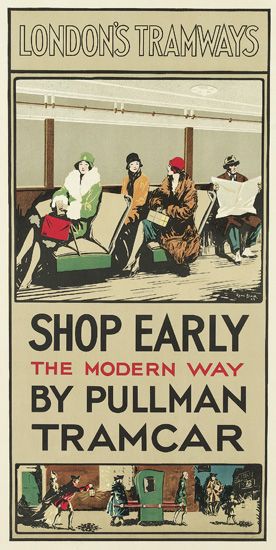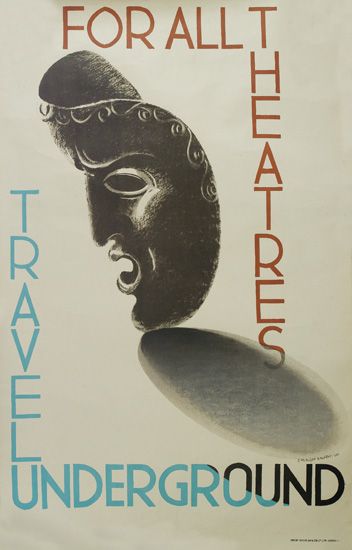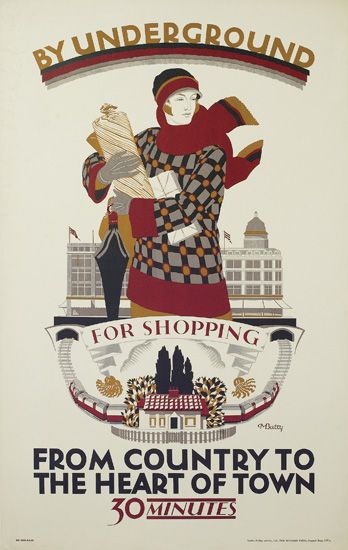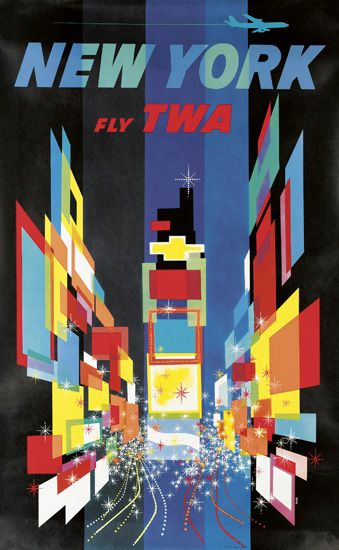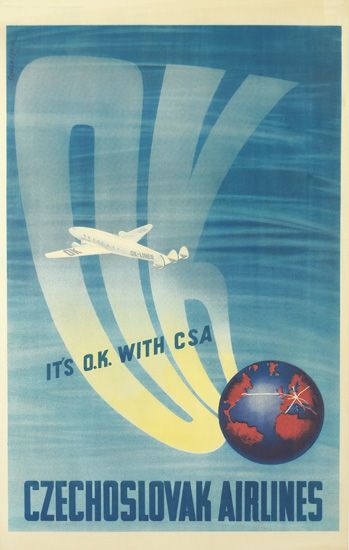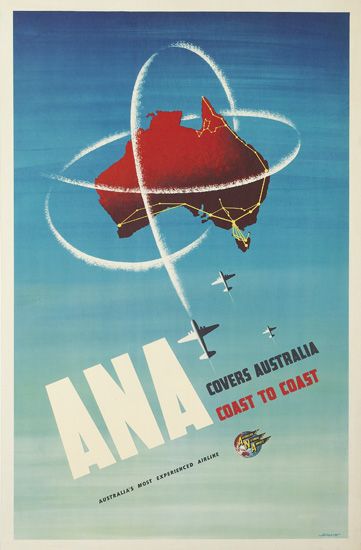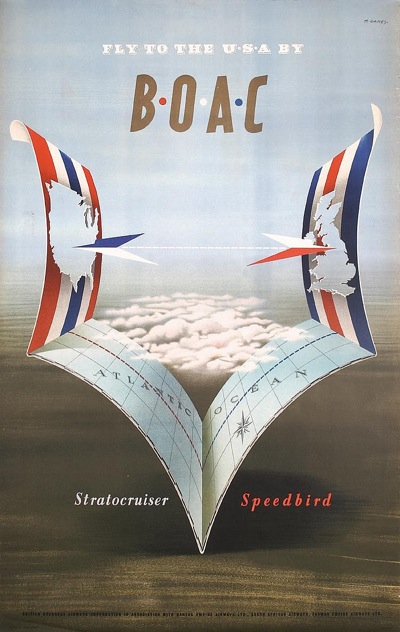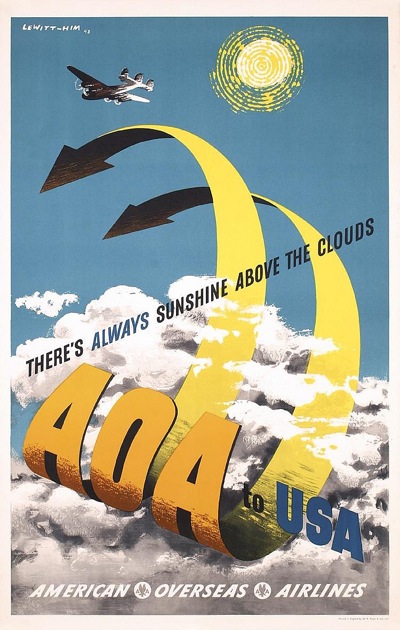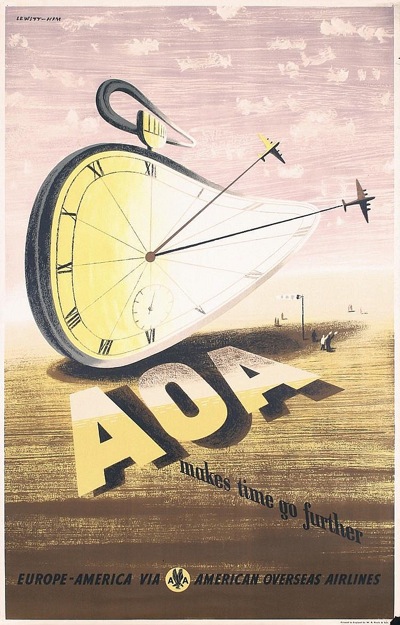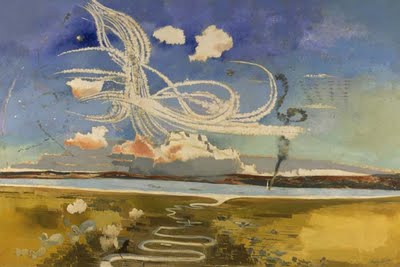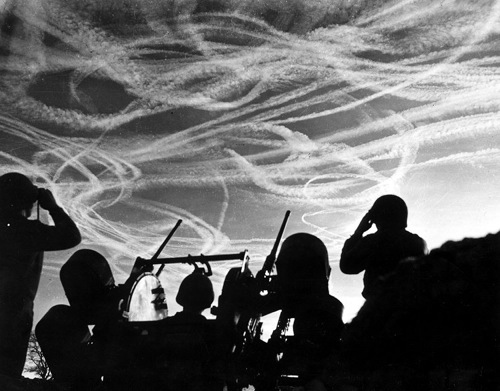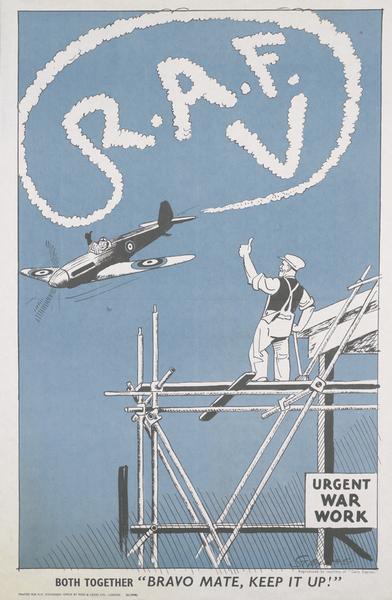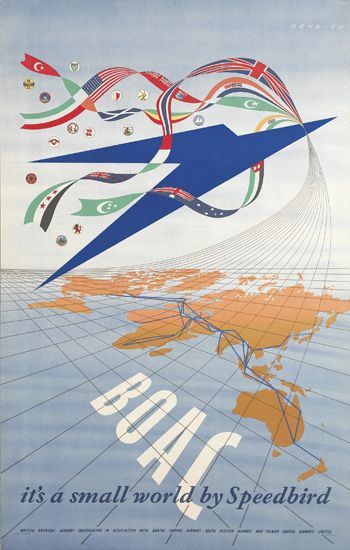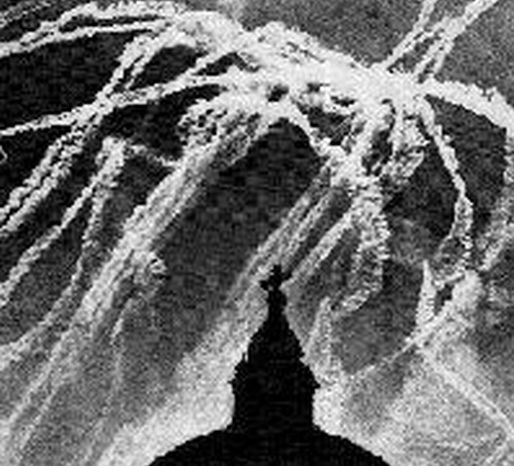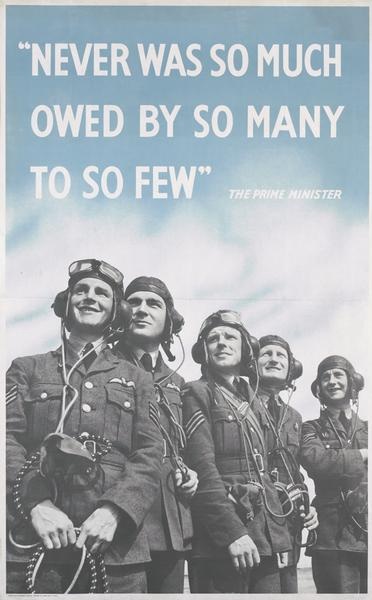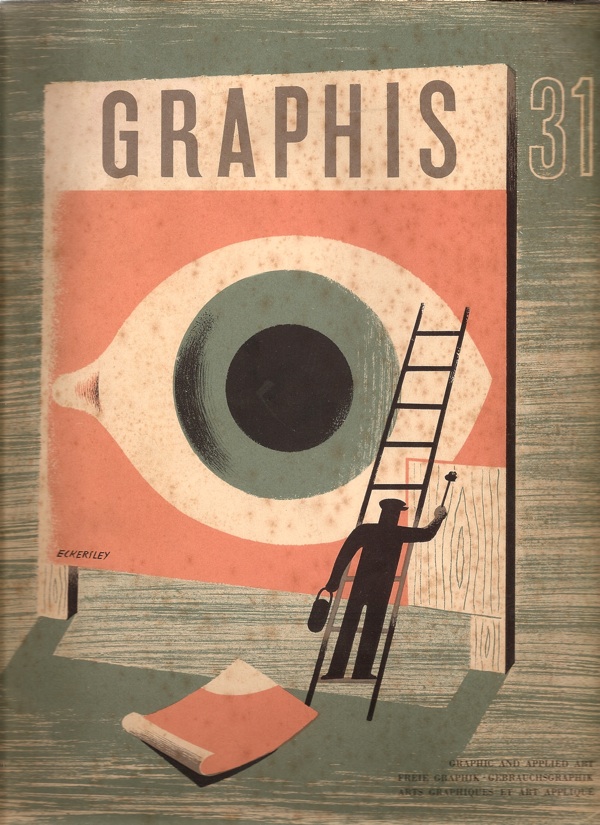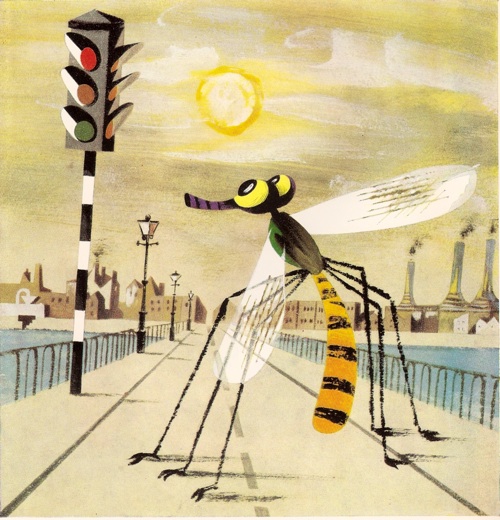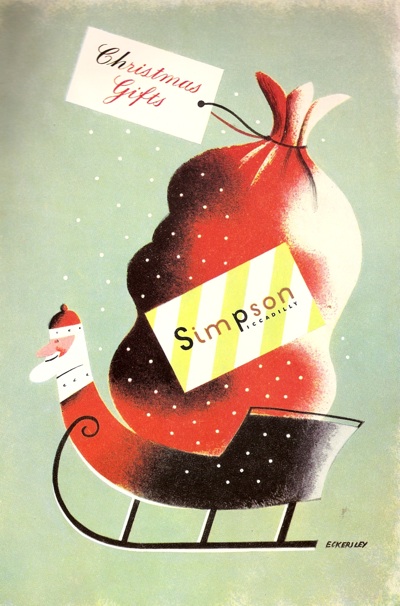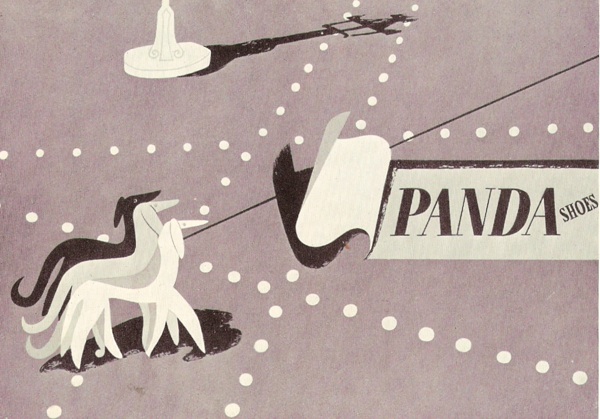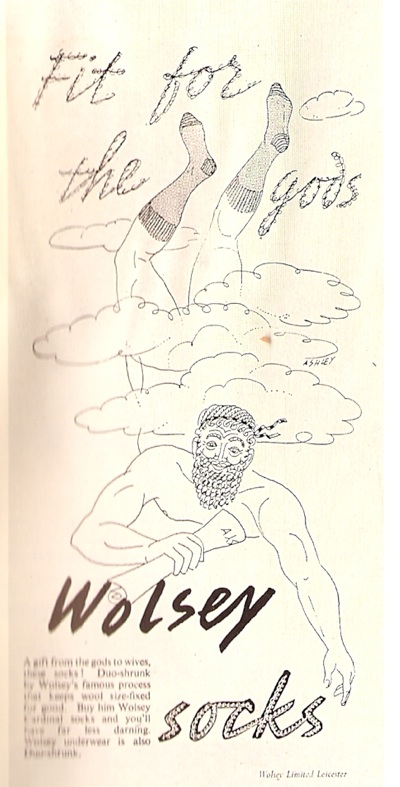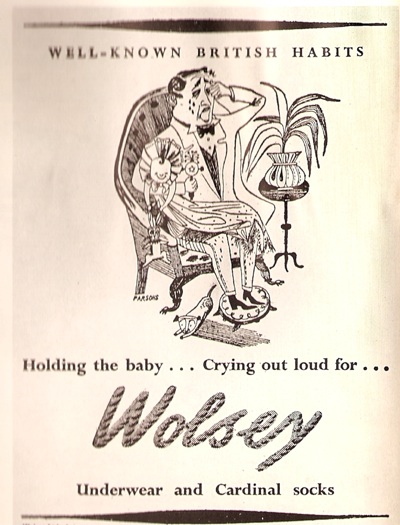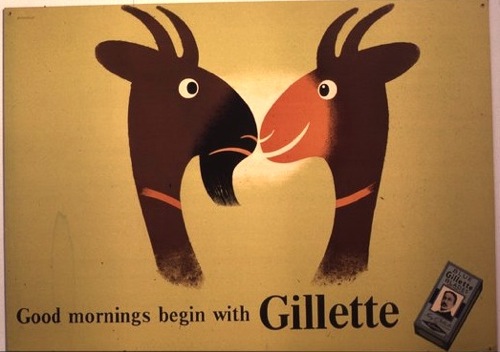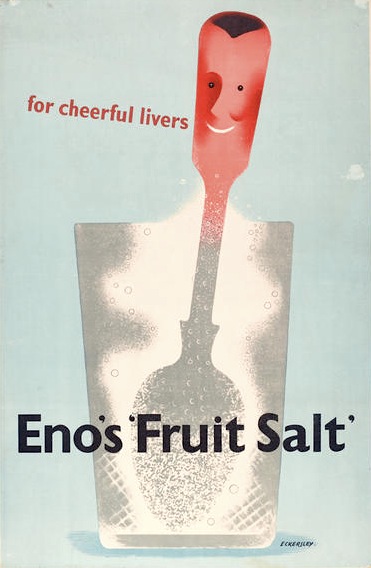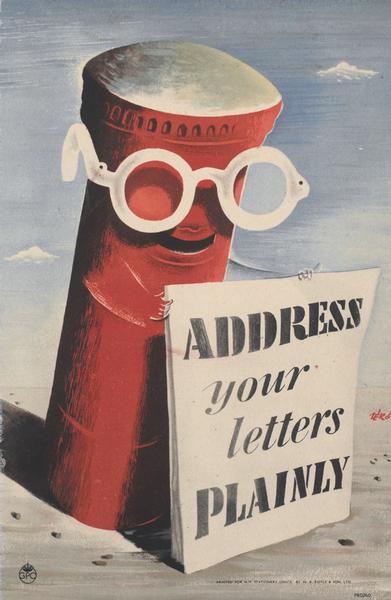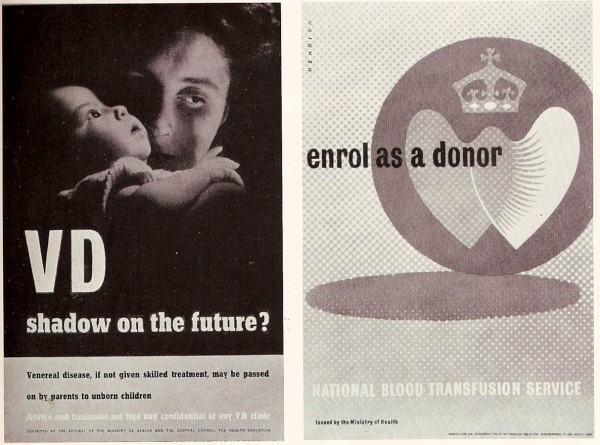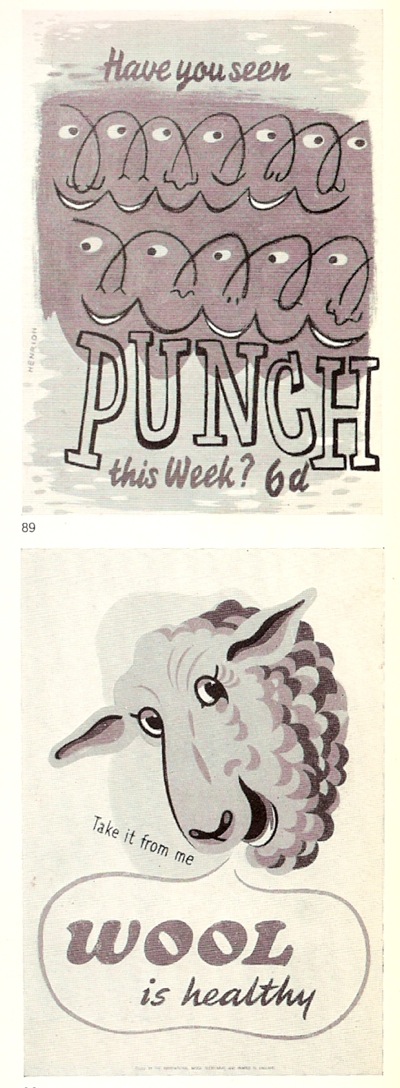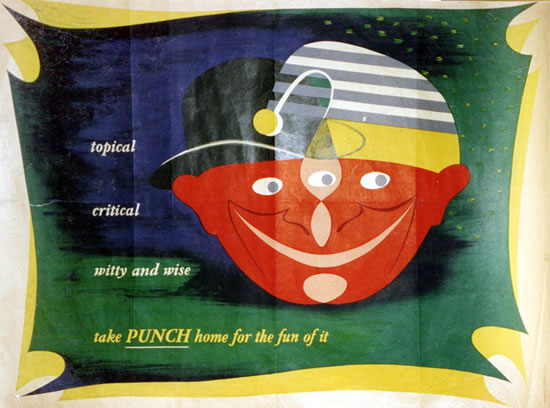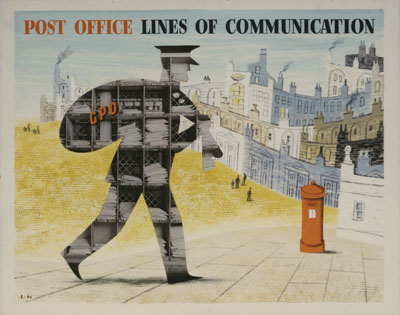Dogged
There’s a certain amount of urgency to this post as the next Bloomsbury poster auction is tomorrow (Tuesday). I do wish I could get a bit more excited about the Bloomsbury Auctions, I really do, as they really ought to be the missing piece of the jigsaw, the auctions which hoover up all the lower-priced pieces of good design which Christies no longer deign to touch. But somehow, it just doesn’t quite work.
Nonetheless, shall we get stuck in and see what we can turn up? Perhaps we should begin with this post-war Shell poster, seeing as I was over in that direction this weekend.
It’s rather hard to decide where to go next, in part because the poster part of the auction (there are film posters first, but I’m ignoring those) is arranged in alphabetical order of artists. Which is I admit entirely logical, but does make it hard to construct any kind of narrative out of the whole thing beyond saying that there are posters. Mind you, I think that if this selection of stuff was arranged in almost any order, it would still feel scattergun, it’s just that kind of sale.
So, here is a poster I like for no good reason other than it’s kitsch and quintessentially 1950s.
So if the bulldog represents Britain, and the poodle Europe, what is the black one up to? Answers on a postcard please to the usual address.
Meanwhile this one is a classic, and a deserved one too.
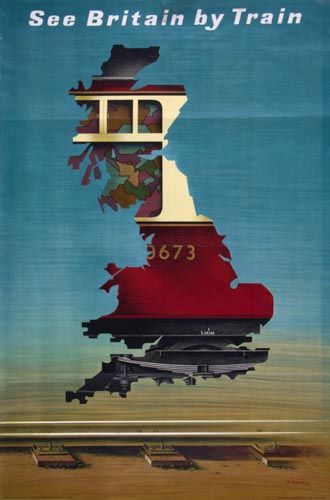
Abram Games, 1951, est. £200-400
Although by rights that should mean that it is worth more than the dogs, but there you go.
The one feature worth noting is that once again they’ve landed a whole haul of small GPO posters (for the last outbreak, see here).
As last time, they come in lots of ten with only one of each photographed, which isn’t really an enormous lot of use if you are thinking of bidding on them.
This set are definitely not as stellar as the last selection. Even though there is an Eckersley amongst them, it’s not one of his greats.
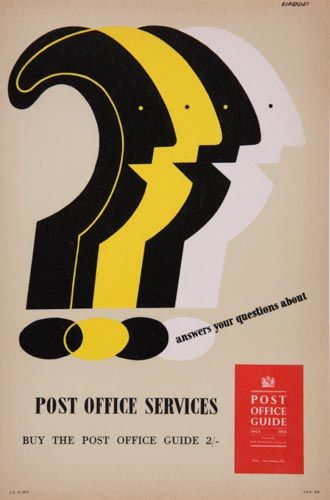
Tom Eckersley, 1952, est. £150-250
Other than that, however, it is a miscellany. There are three of Henrion’s posters for Punch – I’ve chosen this one because it is the least frequently seen of them.
They are an interesting case, though, these posters as they appear quite regularly on the market, which leads me to suspect that they must have been sold or given away at some point. Perhaps a trawl through early 1950s Punch might reveal the answer.
Also available are two very nice London Transport posters by Betty Swanwick.
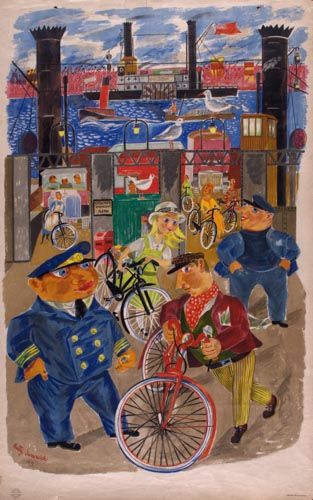
Betty Swanwick, 1949, est. £300-500
For once I agree with the estimates, as the second one, Woolwich Ferry, is by far the better of the two and would look wonderful on the wall, should any of you be tempted.
There is also further proof that P&O and the Orient Line commissioned a lot of very good design before the war, even if I can’t tell you any more about it than that.
There’s also a chance once again to appreciate the hallucinogenic colour choices of Percy Drake Brookshaw.
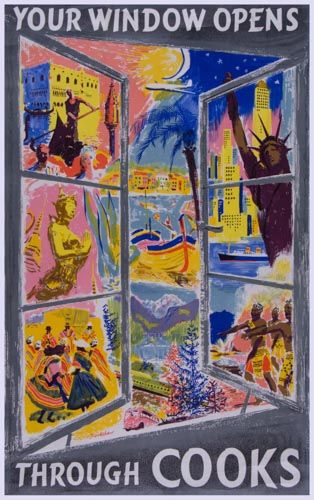
Percy Drake Brookshaw, c.1950, est. £150-250.
Along with a tram poster.
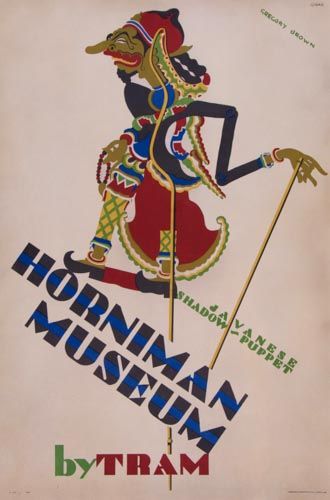
Gregory Brown, 1934, set. £200-400
And that’s basically your lot.
One final thing to say, though, which is I hope you are appreciating this blog post as it is the most expensive one I have ever written. Half way through, my computer keeled over once again and this time it looks terminal (or at least rather too expensive to repair). So I have been to the Big Town and come back with a new laptop, all in time to get this piece out before the auction begins tomorrow. It’s not every blog that gives service like that, you know.
